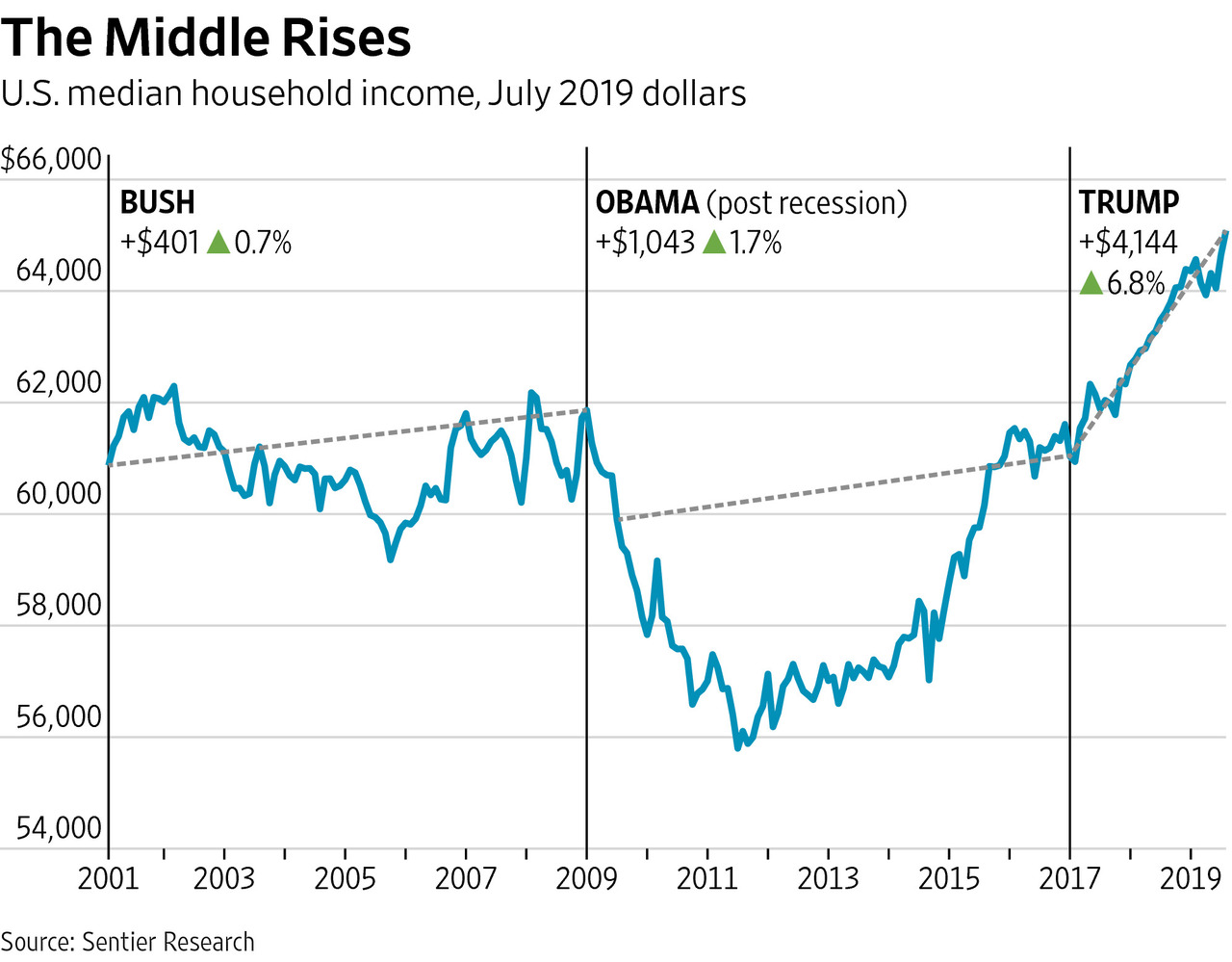(p. A23) Authors need to eat, too, and we get by (or not quite, these days), by showing up at our writing places at a designated time day after day and staying there till we have fretted out our quota of words, to be sent off, after a time, to a publisher, in the hope that, two or three years down the road, a few pennies may come trickling back under the ludicrously grandiose name of “royalties.”
. . .
“There are people out there that just want everything to be free,” says Mary Rasenberger, the executive director of the Authors Guild (where I am a member), “and it’s like a religion to them.” Some piracy sites, she says, even advise users how to buy a digital copy of a book, strip out the digital rights management (D.R.M.) intended to protect the author’s rights, upload the book to a file-sharing site, and then return the book for a refund, “so they don’t even have to pay for the original.” Some sites are so insanely bent on copyright piracy that they offer their followers wedding vows, in which the couple solemnly commits to support the copying culture. “They don’t understand that writers need to get paid, and publishers are not going to publish books if they can’t make money on them.”
Since 2009, when eBooks and book piracy became a phenomenon, income for authors has declined 42 percent, according to a 2018 Authors Guild income survey, with the median income from writing now so low — just $6,080 a year — that poverty level looks like the mountaintop. By contrast, a 2017 Nielsen survey found that people who admitted to having read a pirated book in the previous six months tend to be middle class, educated, female as well as male, between the ages of 30 and 44 — and with an income of $60,000 to 90,000 a year.
For the full commentary, see:
(Note: ellipsis added.)
(Note: the online version of the commentary has the date Sept. 16, 2019, and has the same title as the print version.)



